Key Points
- Debt relief is a highly regulated industry governed by both federal and state agencies.
- In 2010, federal government regulators passed sweeping regulations that now regulate and provide regulatory oversight of all consumer financial services.
- Debt relief providers are now subject to new rules related to advertising and marketing practices, fees and unfair and deceptive acts and practices.
- Many states now also require licensing and bonding to further protect consumers who engage companies offering debt relief services.

The debt relief industry has matured over the last decade with new regulatory agencies creating standardized procedures and eliminating deceitful practices. Prior to 2010, a few dishonest companies ruined the debt relief industry’s reputation by charging high fees without performing the promised services. In response, Congress enacted laws and granted oversight authority to rein in these unscrupulous enterprises. Today, debt relief is a highly regulated industry, serving consumers in several ways providing credit counseling, debt settlement, bankruptcy and credit repair services for consumers struggling with debt.
Federal Regulations for the Debt Relief Industry
In 2010, Congress amended the Telemarketing Sales Rule (TSR) to expand the businesses subject to the ruling, including companies within the debt relief industry. The order impacted inbound and outbound calls to both current and prospective customers and regulated how companies can market their services. It also addressed required disclosures, set standards for mail and phone communications, and established procedures around fee assessments, indicating how and when a company can charge fees for services.
In July 2011, Congress created the Consumer Financial Protection Bureau (CFPB) and gave the agency oversight authority to regulate the debt relief industry and enforce the Telemarketing Sales Rule. The agency produces rulings the industry must follow, conducts research, and compiles data available to businesses and consumers.
The Federal Trade Commission (FTC) is the enforcement arm at the federal level and takes steps to prevent fraud and address unfair business practices. When consumers have a complaint against a business, they can report it to the FTC. The FTC has the authority to investigate companies with high complaint levels and can impose penalties and fines against businesses that operate illegally or use unfair or deceptive practices.
State Regulations for the Debt Relief Industry
Attorneys General operate at the state level to ensure that companies follow the laws within the state.
Consumers with a complaint about a company can report the activity to both the FTC and the state attorney general.
Debt Relief Options Federal and State Agencies Regulate
The CFPB and FTC, along with state’s Attorneys General provide oversight and enforcement authority of various debt relief services, ensuring companies are properly licensed, bonded and insured and conduct business in a fair and transparent manner that ensures consumers receive benefits when seeking the services of debt relief providers. Regardless of the type of debt relief services consumers may opt for, these regulators and enforcement authorities create and enforce the rules under which companies deliver services. Below is a list of some of the most common debt relief services consumers typically opt for.
Credit counseling works with consumers who can pay the full amount owed to creditors. The non-profit agencies create a debt management plan or DMP, allowing enrollees to make a single payment to the credit counseling agency. The agency then distributes payments to each creditor based on a predetermined schedule.
Debt settlement works with consumers who face a financial hardship that prevents them from paying the full balance on outstanding debts. Once enrolled, the participant makes a single monthly payment into a dedicated savings account. When the savings account contains adequate funds, the company will negotiate with creditors to reach a payoff agreement for less than the full amount owed.
Chapter 7 bankruptcy is an option for consumers with a long-term financial hardship that does not allow them to make payments toward the outstanding debt. The bankruptcy trustee can sell all non-exempt assets to repay creditors before the court discharges most unsecured debts.
Chapter 13 bankruptcy requires consumers to repay as much debt as possible under court supervision before discharging qualified liabilities.
Final Thoughts
Each debt relief option can assist with unsecured debts such as credit cards or medical debt. The best route will depend on your current debt levels, income, and how long you expect your financial hardship to last. No option is right for every person or every situation, so it is important to be clear about your short term and long-term goals when considering which program is right for your situation.
Most companies offer a free financial assessment to help identify the right program based on your goals and needs. Take advantage of a free assessment but be honest about your situation and desired outcomes to ensure you get the best information to make the most informed decision.
